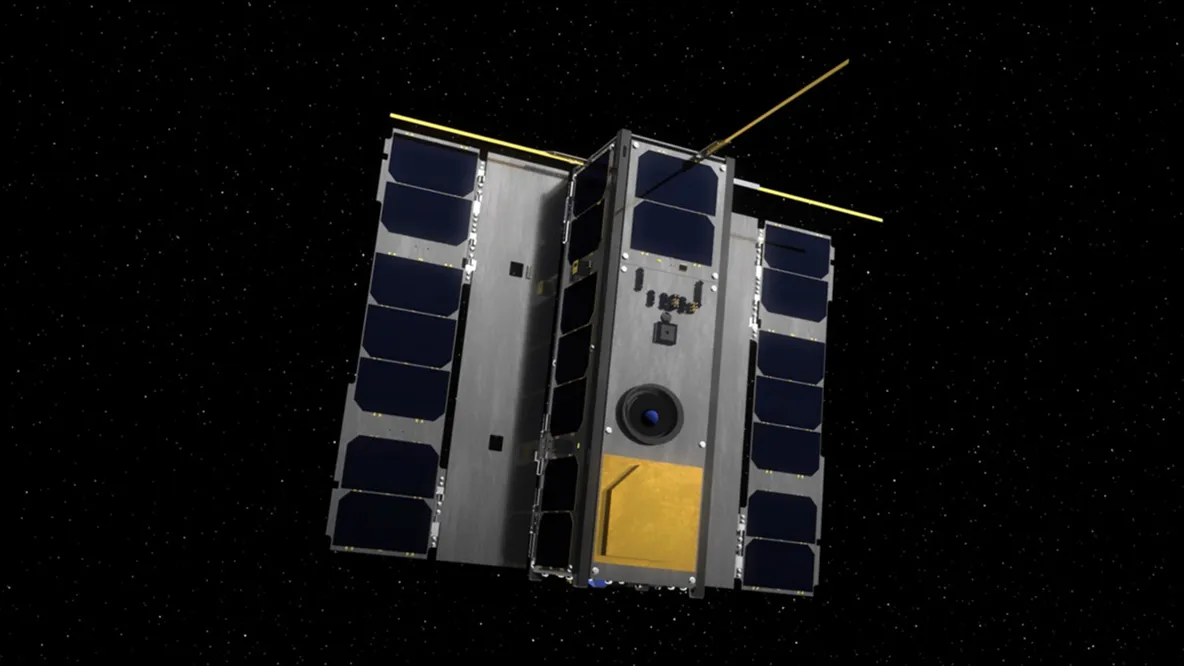Icelandic programmer successfully runs Doom on European Space Agency's OPS-SAT satellite
Icelandic programmer Ólafur Waage has successfully run the classic game Doom on an orbiting European Space Agency (ESA) satellite. During the Ubuntu Summit, Waage explained how he ported the open-source version, Chocolate Doom 2.3, to the OPS-SAT.

Meet OPS-SAT: The Flying Laboratory
OPS-SAT was a CubeSat designed to test the benefits of more powerful onboard computers for space missions. Its experimental processor was roughly 10 times more powerful than those on typical spacecraft. The satellite was deorbited in the spring of 2024.
The project was more than a novelty; it was a practical test of software portability and a challenge to overcome the strict limitations of space-grade hardware.
Released in 1993 and made open-source in 1997, Doom was an ideal candidate for this celestial experiment. According to Waage, its simple C-based code and minimal dependencies made it highly portable.
Adapting the Game for Space
The choice of Chocolate Doom 2.3 was strategic. Key factors included:
- Compatibility: It worked seamlessly with the satellite's existing Ubuntu 18.04 LTS operating system.
- Minimal Footprint: Since updating software in orbit is complex, the game's small, self-contained nature was a major advantage.
- Portability: The simple C code with few external dependencies made it easy to adapt for the satellite's ARM Cortex-A9 processor.
Before the orbital attempt, Waage tested the game on identical hardware on Earth. After some minor debugging, it ran perfectly, leading to a successful in-orbit launch in late 2019.
More Than a Game: A Cosmic Ray Detector
The project's scientific value came from running pre-recorded demo files. By playing back a fixed set of inputs, the team could compare the game's output from orbit with a baseline generated on Earth. Any deviation would indicate a potential 'bit flip' or data error caused by cosmic radiation.
While the only direct evidence of the game running was a simple log entry, the team added a creative touch. They used the satellite's camera to capture live images of Earth and dynamically replaced the game's iconic Martian skybox with a real-time view from orbit.
The Legacy Continues
Waage's achievement inspired others. Polish company KP Labs later ran Doom on their Intuition-1 satellite while it was simultaneously capturing hyperspectral images of Earth. This continues the tradition of porting Doom to unconventional platforms, with recent examples including Microsoft Word, a browser-based PDF, the Google search bar, and even a Lightning/HDMI adapter.